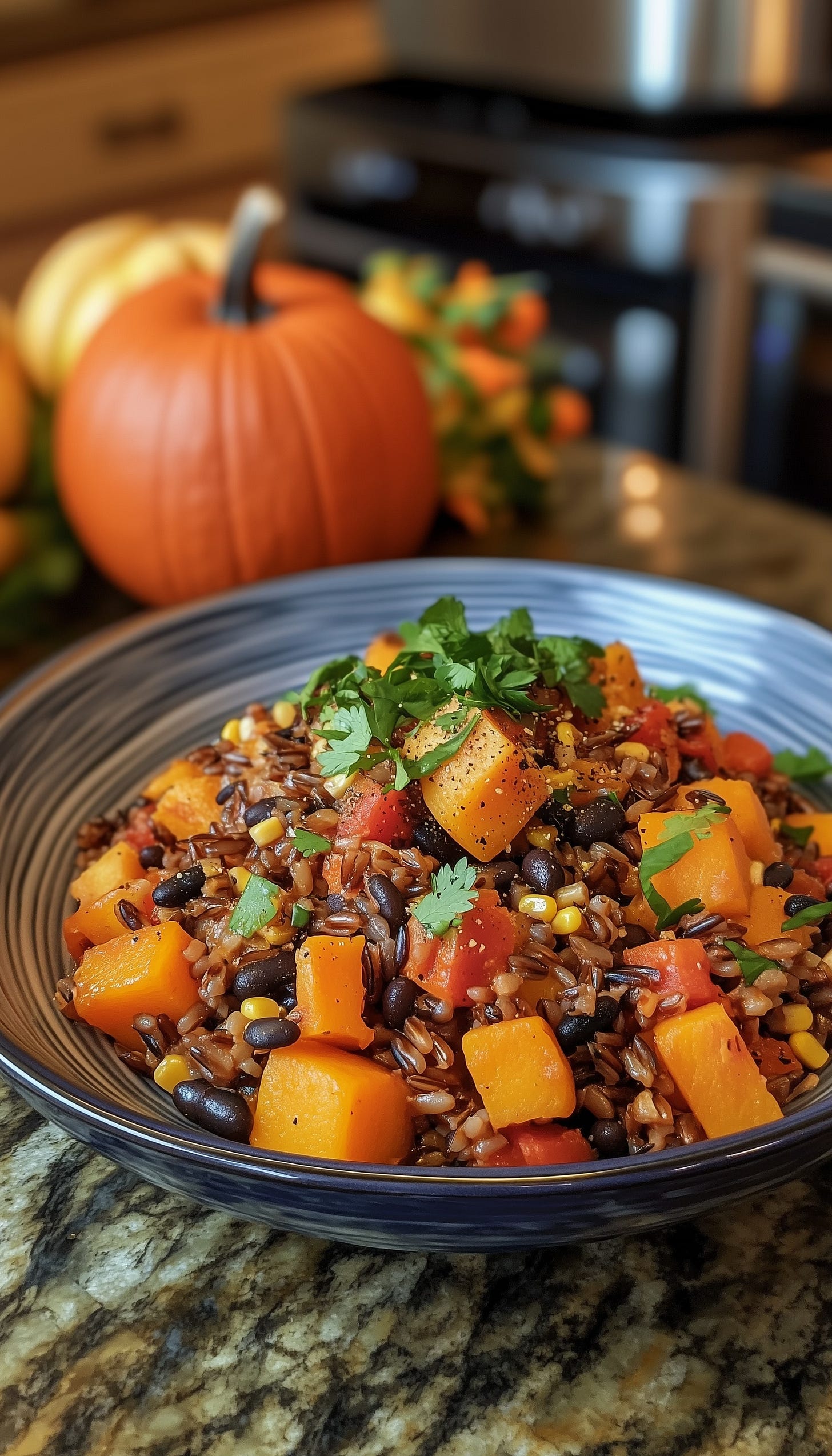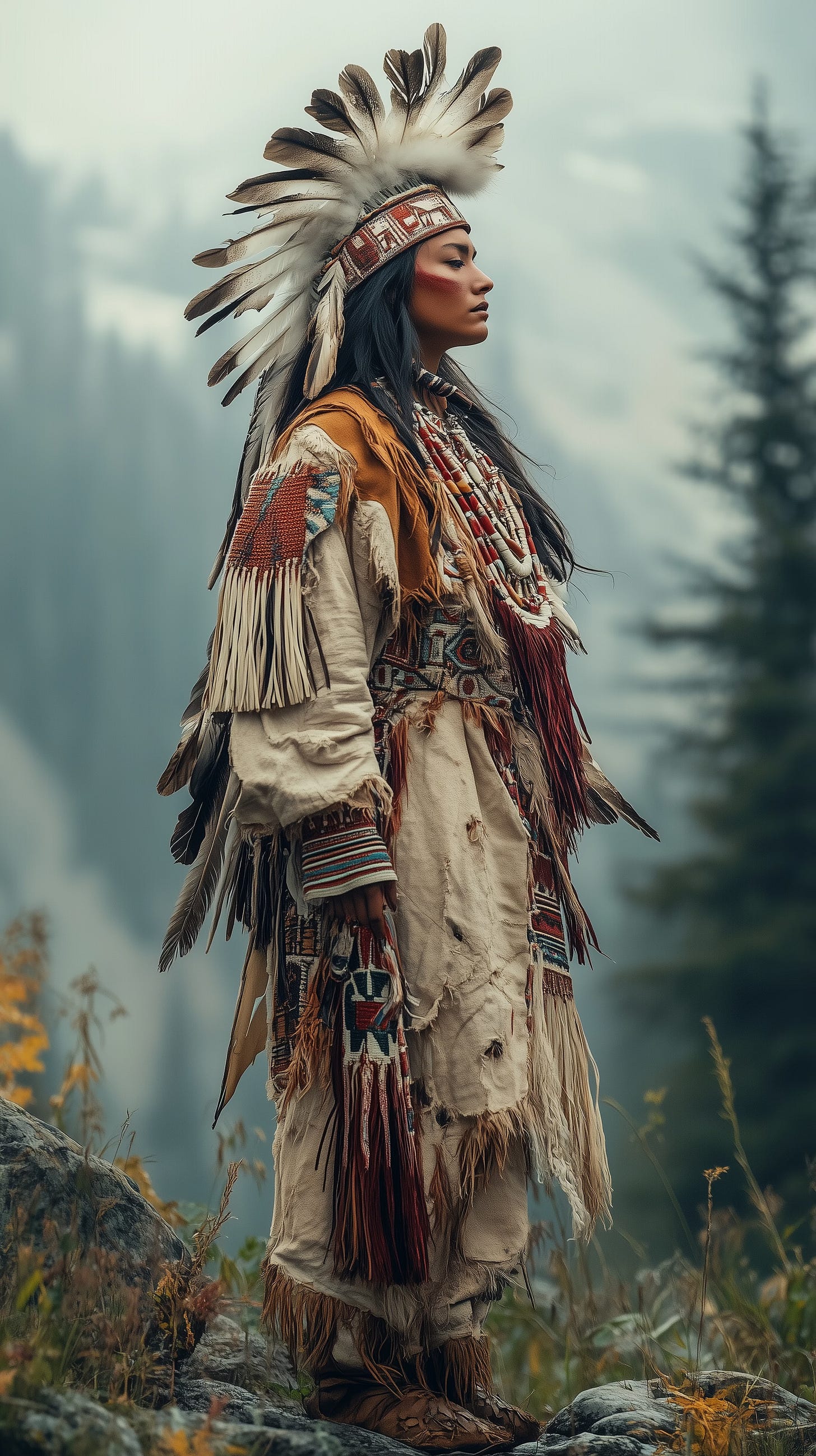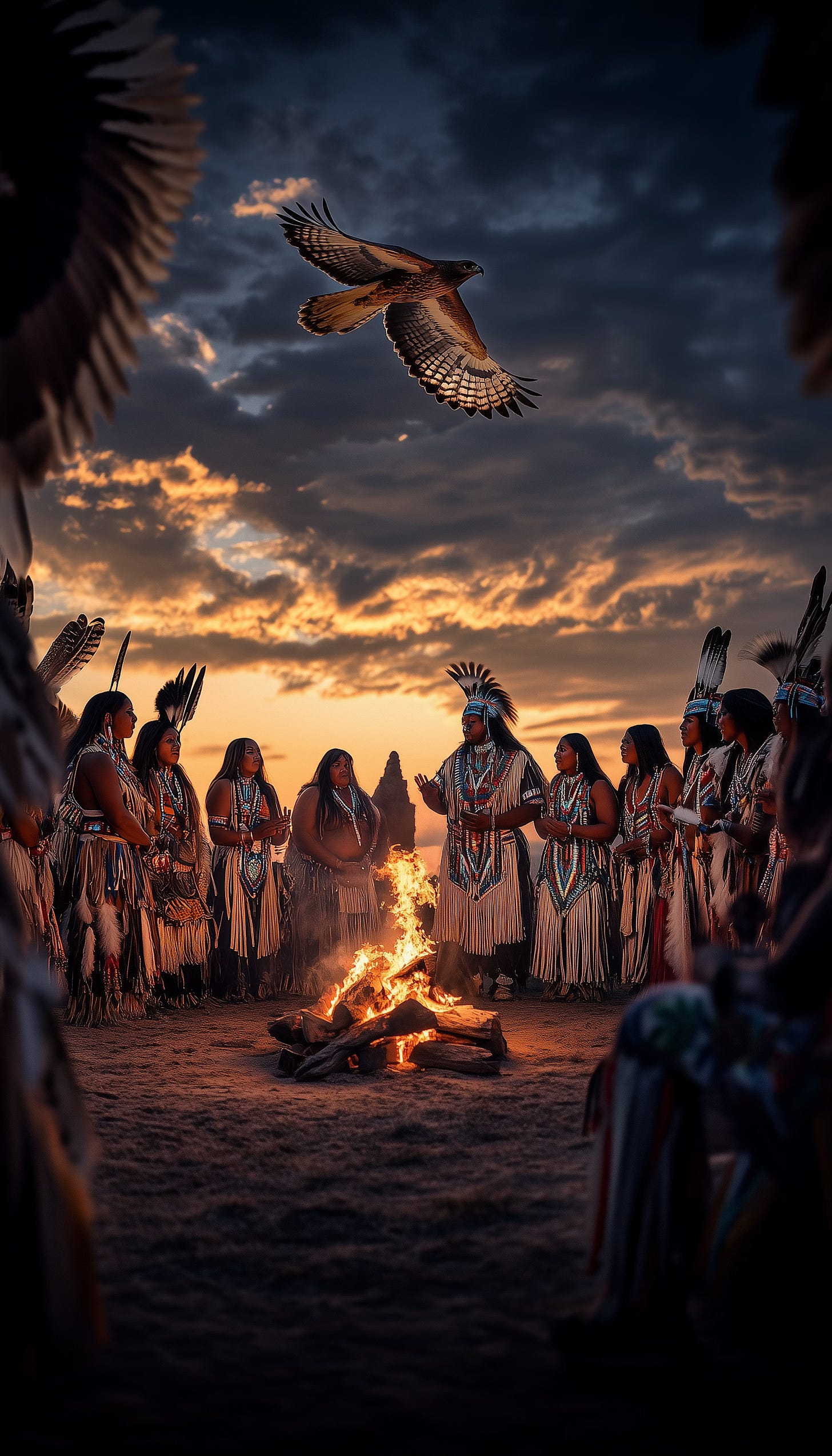Indigenous Peoples Day is a celebration of the rich cultures, histories, and contributions of Native American peoples. It’s also a day for reflection — a time to honor their deep connection to the land and their enduring resilience in the face of colonization. Celebrated on the second Monday of October in many places, Indigenous Peoples Day serves as a counter-celebration to Columbus Day, seeking to challenge the myth of "discovery" and acknowledge the devastating impact of European colonization on Indigenous communities.
A Personal Reflection
This connection to nature is something that resonates deeply with me, and it has become a part of my identity. My dad often talks about his strong sense of kinship with nature, a bond that truly solidified when he attended a sleepaway camp in Minnesota. There, nature provided him a safe space to immerse himself, especially during canoe trips to the Boundary Waters on the Canadian border. He would drink directly from the freshwater springs of the lakes, dipping his cup into the cool, pure water for a refreshing taste of the earth itself.
One story he fondly recalls is a magical moment when he and his fellow cabin mates lit their campfire. They rigged a cotton ball soaked in rubbing alcohol to a wire above the fire, and from his perch in a nearby tree, my dad would release it, sliding it down the wire to ignite the fire below. To them, it was as if a Native American spirit was performing a miracle.
I also attended that camp, and while we didn’t set cotton balls on fire, I vividly remember the fresh pine scent of the air, the brilliance of the stars at night, and seeing satellites and even the northern lights. The peaceful calls of the loons and the stillness of the woods made it easy to bond with nature, as though I was tapping into a harmonious vibration that connected everything around me.
Ever since I watched Dances with Wolves, my respect for Native American cultures has only grown. I often find myself wondering how I can connect more deeply with their wisdom and mindset. Though I’m not genetically related to them, I feel a spiritual kinship — a bond formed through the land we share. We breathe the same air, drink the same water, and walk on the same earth as their ancestors. In some way, I like to think that, because we were born from this land, a part of us belongs to it, just as they do. I feel that we have the privilege of honoring and loving their heritage, even if we are not directly descended from them.
Historical Context of Indigenous Peoples Day
The origins of Indigenous Peoples Day trace back to the late 20th century when activists and Native American leaders began advocating for a shift away from the celebration of Columbus, a figure historically credited with "discovering" the Americas despite the fact that Indigenous peoples had been living on the land for thousands of years. Columbus’s arrival marked the beginning of colonization, violence, and the displacement of countless Native tribes.
In 1977, during a United Nations-sponsored conference on discrimination against Indigenous populations, the idea of replacing Columbus Day with Indigenous Peoples Day was first proposed. It took years of activism, but in 1992, Berkeley, California became the first city in the United States to officially recognize Indigenous Peoples Day. Since then, many other states and cities have followed suit, though it remains a point of contention in some areas.
Cultural Significance
Indigenous Peoples Day isn’t just about looking back at history — it’s about recognizing the living cultures of Native peoples today. From art and music to agriculture and environmental stewardship, Native traditions continue to offer valuable insights into how we can live more harmoniously with the earth. Many Native tribes have long practiced sustainable living, community-centered lifestyles, and a deep respect for nature — teachings that are essential as we confront modern environmental challenges.
As we honor Indigenous Peoples Day, we are reminded of the strength, wisdom, and resilience of Native communities and their ability to thrive despite centuries of hardship. It is a day to learn, reflect, and consider how we can incorporate some of their enduring principles into our own lives.
Conspiracy Theories
Like many historical events and movements, Indigenous Peoples Day has not escaped conspiracy theories. Some detractors argue that the push to replace Columbus Day is part of a larger "revisionist" agenda, claiming that it seeks to erase or diminish European contributions to history. Others believe that the celebration of Indigenous cultures is a form of "political correctness" run amok. These theories tend to dismiss or downplay the atrocities committed against Native peoples and overlook the importance of acknowledging historical truths.
One particularly persistent theory is that Indigenous Peoples Day is part of an effort to reframe American history in a way that challenges the founding myths of the nation. For many, however, this is not a conspiracy but rather a necessary and long-overdue correction to a narrative that has often excluded the voices and experiences of Native peoples.
5 Ways Native American Wisdom Can Guide Us Toward Harmony
Sustainable Agriculture with the "Three Sisters"
Native American tribes practiced sustainable agriculture long before modern techniques were introduced. The "Three Sisters" — corn, beans, and squash — were grown together in a system that supported the earth’s natural balance. Each plant had a role to play: corn provided structure, beans enriched the soil, and squash protected the ground.
Practice: Try planting a small Three Sisters garden, or support farmers who use sustainable methods.Living in Reciprocity with Nature
Indigenous cultures believed in taking only what was needed from the earth and giving back to maintain harmony. This reciprocal relationship fostered a deep respect for all living things.
Practice: Begin by reducing waste and consumption. Compost food scraps, recycle, and plant trees to give back to the earth.Animal Totems as Guides
In Native American spirituality, animal totems serve as guides, offering wisdom and insight. Each animal represents qualities that can inspire personal growth — from the strength of the bear to the vision of the eagle.
Practice: Spend time outdoors and reflect on the animals that resonate with you. What lessons might they offer for your own life?The Wisdom of Native Plants
Native peoples had a deep understanding of the plants around them, using them for food, medicine, and spiritual purposes. One such plant is menumen, or wild rice, found in Minnesota’s lakes. For the Ojibwe people, menumen is a sacred grain, rich in nutrients and steeped in cultural significance.
Practice: Explore native plants like wild rice, elderberry, and herbs. Consider how they can be incorporated into your diet and wellness routines.Community-Centered Living
Indigenous cultures often prioritized the well-being of the community over individual gain. This collective approach fostered a sense of belonging and responsibility to each other and the land.
Practice: Get involved in community efforts, whether it’s gardening, food sharing, or environmental conservation. By working together, we honor the spirit of connection Native cultures embraced.
Native Plants and the "Three Sisters"
The "Three Sisters" growing technique not only nourishes the body but also sustains the land for future harvests. Corn, beans, and squash form a symbiotic relationship, one that embodies the principles of balance and interdependence in nature. Along with menumen, these native crops are a reminder of how Indigenous peoples have thrived by respecting the land’s natural rhythms.
Vegetarian Recipe: Wild Rice and Roasted Squash Salad
Inspired by The Sioux Chef's Indigenous Kitchen, this simple yet nourishing recipe highlights the wisdom of Native American culinary traditions, with a focus on wild rice — or menumen — and the Three Sisters.
Ingredients:
1 cup wild rice (menumen)
1 small butternut squash, peeled and cubed
1 can black beans, drained and rinsed
1 cup corn kernels (fresh or frozen)
2 tbsp sunflower seeds or pumpkin seeds
2 tbsp olive oil
1 tsp smoked paprika
Salt and pepper to taste
Fresh cilantro or parsley for garnish
Instructions:
Preheat your oven to 400°F (200°C). Toss the butternut squash with olive oil, smoked paprika, salt, and pepper. Spread the squash on a baking sheet and roast for 25-30 minutes until tender.
While the squash roasts, cook the wild rice according to package instructions (usually simmering in water for 45 minutes).
Once the rice is cooked, combine it with the roasted squash, black beans, and corn in a large bowl.
Add the sunflower seeds for crunch and season with salt and pepper.
Garnish with fresh herbs like cilantro or parsley, and serve warm or at room temperature.
This recipe, inspired by The Sioux Chef's Indigenous Kitchen, is a celebration of native plants and a reminder of how nature nourishes us when we care for it.
Conclusion: Honoring Indigenous Wisdom
As we honor Indigenous Peoples Day, let us reflect on the rich traditions and wisdom that Native cultures offer. From sustainable agriculture to deep spiritual connections with animals and plants, their teachings remind us that we can live in harmony with the earth and each other. By practicing these principles — planting a Three Sisters garden, incorporating native plants into our diet, or reflecting on our own animal totems — we take steps toward a more balanced and connected life.
I invite you to explore more Native American culinary traditions by checking out The Sioux Chef's Indigenous Kitchen. It’s a beautiful resource that offers both practical recipes and a deeper understanding of the connection between food and the land.







